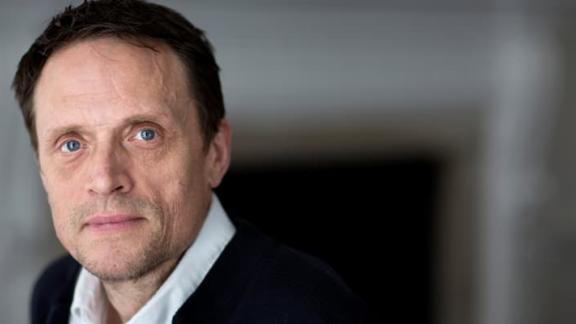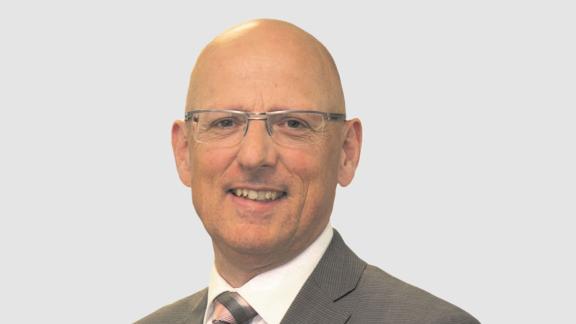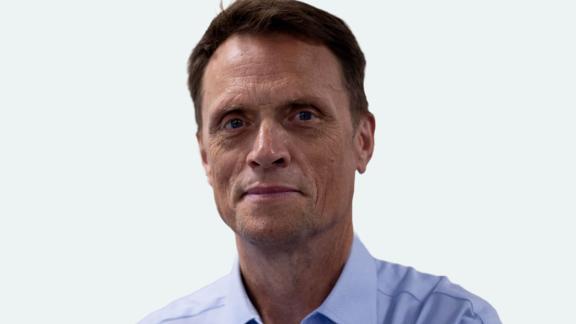Developing a systems narrative to prevention – MEPS framework

While there is general consensus that more investment and energy needs to be put into prevention, the definition of prevention in the context of health and care is often unclear. Matthew Taylor suggests a framework that helps understanding of what prevention is and in turn helps understand how each part of the system can best contribute to improving length and quality of life.
I have an admission to make. Despite having sat through many meetings in which there has been consensus on the need to focus more attention on prevention, I’m often left feeling unenlightened.
If prevention can be defined as intervening early to stop negative outcomes from arising, isn’t just about anything that is good for health, and most public services for that matter, about prevention?
For some, the purpose of prevention becomes about reducing public sector spending. For others, prevention is all about reducing health inequalities. Neither of these purposes for prevention are wrong, but nor are they the full picture.
The preventative philosophy
In truth, the ‘preventative philosophy’ requires inter-sectoral, collaborative initiatives operating at different levels through different actors who ‘pull together’ to deliver sustainable short- and long-term improvements in health outcomes.
To make the point, let’s look at efforts to reduce smoking. At one end of the spectrum, prevention can take the form of policy at the national and local levels, such as the 2007 smoking ban that I’m proud to have helped get over the line when I was a Number 10 staffer. At the other end, it can include influencing clinical interventions and individual choices.
To develop a system narrative on prevention, I turn to the recently published review on integrated care systems accountability and transparency. Patricia Hewitt acknowledges that ‘we need a clear and agreed framework for what we mean by ‘prevention.’ To that end, this is my modest attempt to suggest such a framework through the lens of four determinants of health: medical, environmental, public and social (MEPS).
While almost certainly an imperfect and simplistic classification, it can hopefully help in framing what we mean by prevention and therefore how each part of the system can best contribute to improving length and quality of life.
1. Medical
Medical prevention is in essence about ensuring the care patients receive is of the highest clinical quality, takes place in the most appropriate setting and is delivered by the most appropriate professional.
In this medical sense, prevention can be split into two components. Firstly, and closest to the day-to-day roles of clinicians, are the ways that they deliver care to patients and the regular improvement programmes they undertake to improve this clinical efficacy, such as GIRFT. (Getting It Right First Time) The second component is about redesigning pathways so that interventions can happen earlier and more effectively during the patient pathway (and, ultimately, before the pathway even starts). This requires collaboration between clinicians working at the different points in the pathway, from primary care to specialist, with the appropriate allocation of resources and funding for implementation of short- and long-term health improvement.
2. Environmental
Environmental prevention focuses on the factors that are beyond the control of individuals but that still directly impact health, as the core to prevention work is the identification of both risk and protective factors.
Characteristics of environmental prevention are that it changes the context of human behaviour, (physical, economic, commercial, regulatory) rather than targeting behavioural control. It can be used at different levels (micro, meso and macro) or in combination, such as family, school, neighbourhood and country. The priorities for improvement here focus around the appropriate and adequate investment in and design of the institutions that have a responsibility for our health.
3. Public
Public prevention focuses on enabling and empowering the public to make informed choices concerning their health.
These choices include lifestyle choices and the effective use of health resources, particularly, and increasingly, early intervention, screening or diagnostic services. It is important to recognise that a focus on individual choices is not about blaming people for their health status and does involve an awareness of the way inequality impacts people’s confidence and capability in making healthy choices. The priorities for improvement are effective engagement with the public and the development of evidence-based interventions to support and enable people to make good choices for improving health.
4. Social
Social prevention concentrates on those areas in which health tends to be a second-order concern for policy makers and service providers, but where decisions have significant consequences for health, such as housing, welfare, employment and education.
The priorities for prevention here are about developing a stronger, more focused and actionable evidence base of health impacts, developing accountability and financial feedback loops that can incentivise non-health actors to reduce health harms and increase health benefits. This cross-sectoral co-ordination requires formal architecture, the development of relationships and joined-up governance, as well as sustainable short- / long-term funding and prioritisation to produce collective impacts.
…we know we can work with the public successfully, but we need a clearer set of messages and priorities that need to be owned by a wider group of stakeholders and professionals
Of course there are many overlaps and blurred lines between these categories, but nevertheless some conclusions are suggested. First, medical and public prevention are fundamentally about the efficacy of existing activities in clinical services and public health. In these areas, improving prevention does not necessarily involve a different set of perspectives and principles but is more about working effectively and being funded to be able to do so.
However, in category three and four we are still developing the insights and tools necessary to achieve our aspirations. This is reflected in the messages and support we give to the public. Health campaigns can be patchy and uncoordinated and too often lack sufficient concerted heft to make the differences they could. From safe sex to cigarette consumption and cancer screening, we know we can work with the public successfully, but we need a clearer set of messages and priorities that need to be owned by a wider group of stakeholders and professionals. The recently launched Health Equals initiative show how this might be done.
Change requires a combination of hard tools like evidence and incentives to act, and soft ones such as shared purpose and lasting collaboration
When it comes to social prevention the challenges are both inherent and difficult. Persuading policymakers and service providers with other pressing priorities to see and act on their role in preventing sickness will always be challenging. Change requires a combination of hard tools like evidence and incentives to act, and soft ones such as shared purpose and lasting collaboration.
One final point: all four of these areas of prevention ought to be amenable to considerable improvement as a result of system working:
- Medical prevention can be assisted by greater collaboration within the health service, funding services and outcomes rather than activities that silo professionals and services when pathways are redesigned. Environmental prevention can be assisted by giving public health a stronger voice in systems and places and potentially increasing NHS investment in public health interventions with proven efficacy.
- Public prevention can be assisted by local agencies developing a more co-ordinated and concerted approach to community and public engagement and empowerment.
- Social prevention can be assisted by local authorities and other agencies (including VCSO and business) working more closely with the health service, particularly through the role of integrated care partnerships, place bodies and neighbourhood teams.
Everyone agrees that we need to put more investment and energy into prevention. Like all complex policy goals, making it real will involve a multiplicity of actions by a wide variety of partners. In recognising this plurality and the synergies (and sometimes tensions) between different forms of intervention, it might be useful to develop a common language and a shared and intuitive conceptual framework.
Matthew Taylor is chief executive of the NHS Confederation. You can follow Matthew on Twitter @ConfedMatthew



